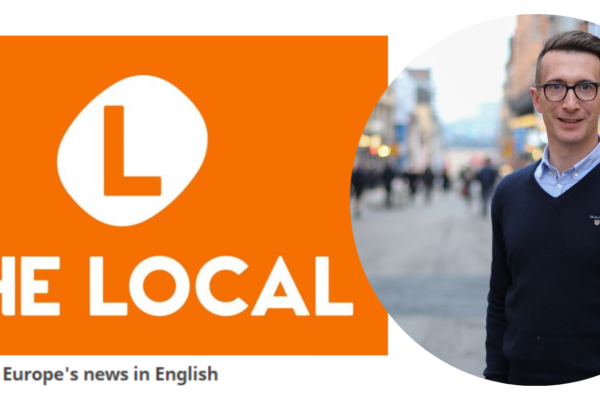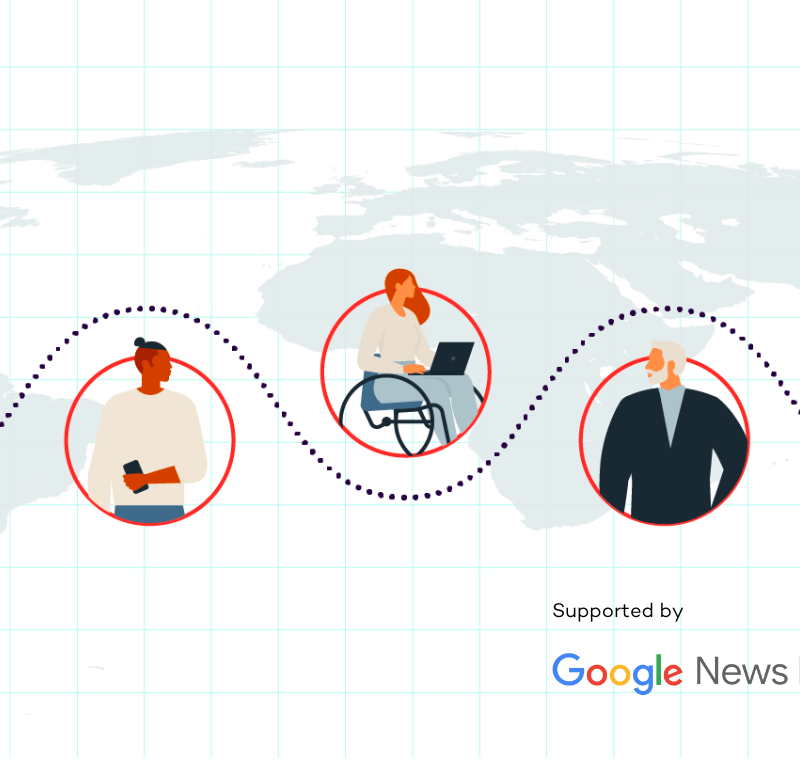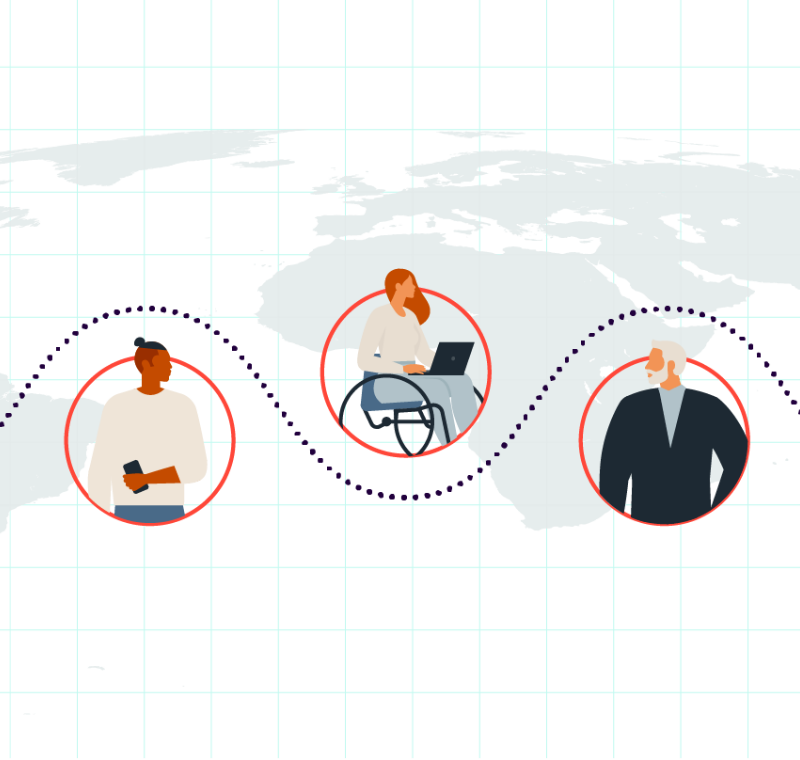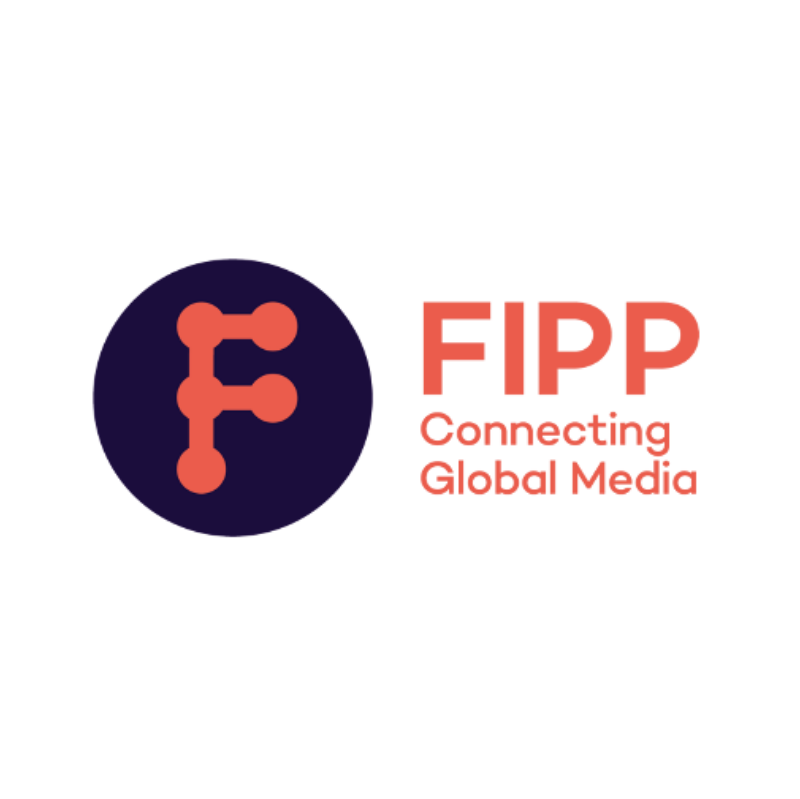“We’re a community service”: how The Local built its successful membership model across nine countries
If you have ever lived in a European country, chances are you’ve come across The Local – an English-language news source for residents of all nationalities. Founded in Sweden in 2004, it has since expanded into eight other countries: Germany, Italy, France, Spain, Switzerland, Denmark, Norway and Austria, as well as its Europe edition which aggregates content from the other sites.








